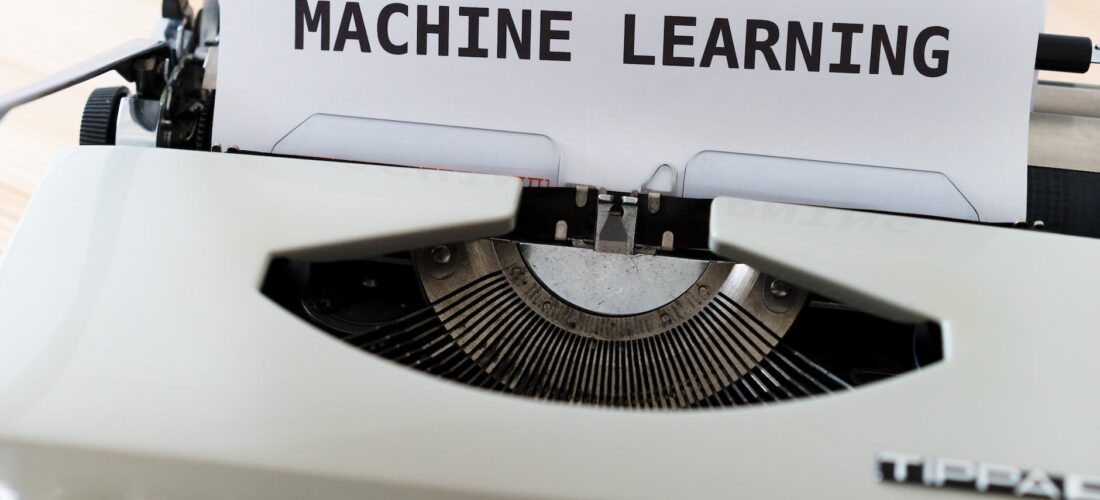So, I asked ChatGPT to write me an “Edtech Review of the Year” and this is what it came up with:
It has been a groundbreaking year for edtech. New technologies and platforms have emerged that are transforming the way we teach and learn. Online learning platforms such as Khan Academy and Coursera have continued to grow in popularity, offering a wide range of courses and educational resources. Meanwhile, virtual and augmented reality technologies have begun to make their way into the classroom, providing new opportunities for immersive and interactive learning.
One of the most significant developments in edtech this year has been the proliferation of artificial intelligence (AI) in education. AI-powered platforms such as OpenAI's Assistant and Google Classroom are making it easier for teachers to personalize instruction and provide individualized support to students. These tools are also helping to automate administrative tasks, freeing up teachers' time to focus on teaching.
Another major trend in edtech this year has been the increased use of mobile devices in the classroom. More and more schools are embracing the use of tablets and smartphones as learning tools, providing students with access to a wealth of information and educational resources at their fingertips. This shift towards mobile learning has also been facilitated by the development of new educational apps and online platforms that are specifically designed for use on mobile devices.
Overall, it has been an exciting year for edtech, and the future looks bright. As new technologies continue to emerge and evolve, we can expect to see even more innovative and effective tools for teaching and learning in the years to come.
What’s notable here are the lack of specifics. It’s pretty good at a generalised summary but very poor at providing the specifics. However, it certainly provides a similar quality of opinion commentary that you sometimes see in online mass article publication platforms so I can certainly see a lot more online opinion pieces being written in this way.
But as Martin Weller notes in his own (human-written?) end of year piece on AI generated content, the threat to the ‘essay’ as an established assessment type is real and something that all levels of education that use essays as an assessment will need to grapple with.
Mmmmm, I wonder how many more blog posts I can write this year using ChatGPT?


